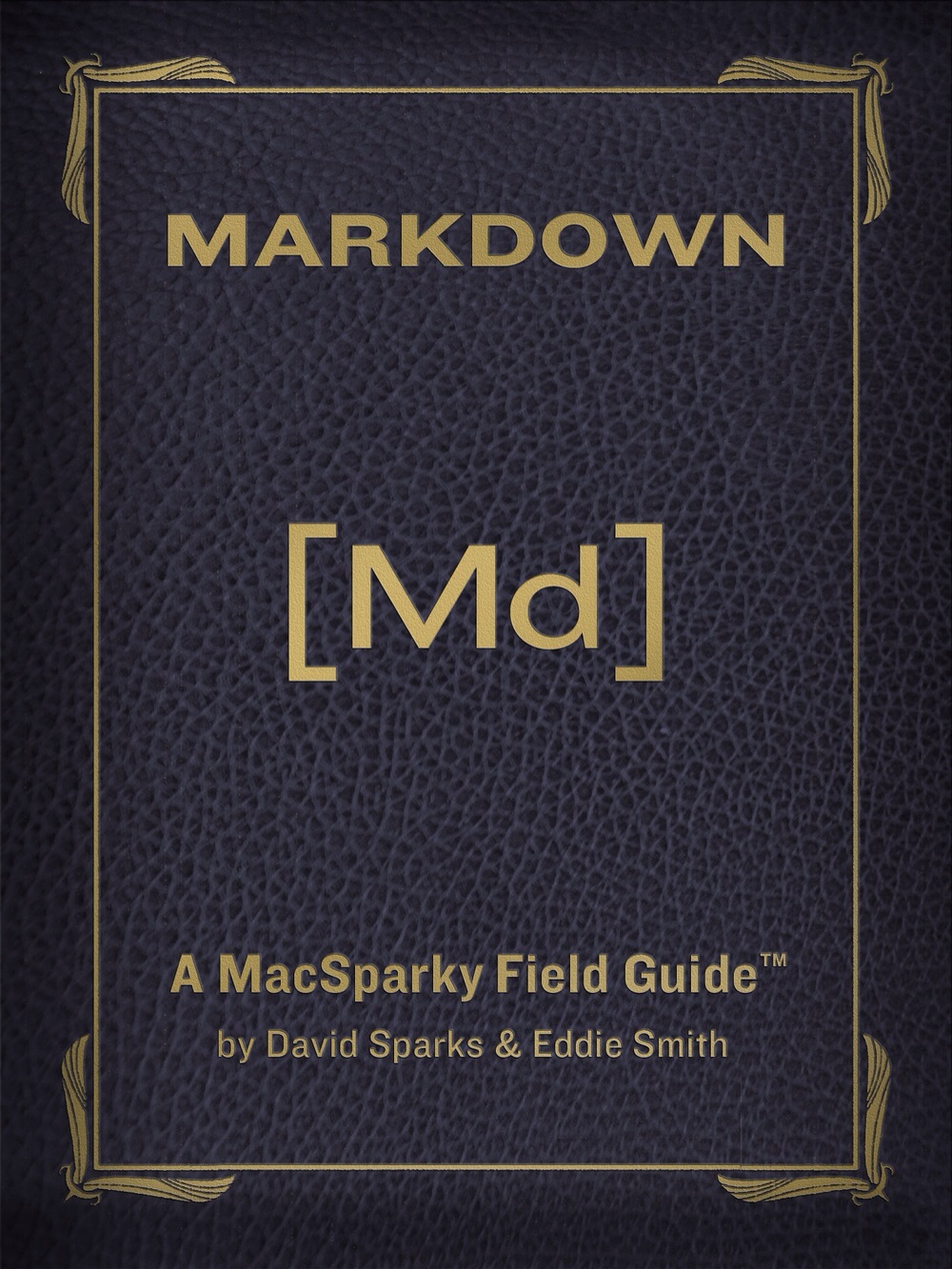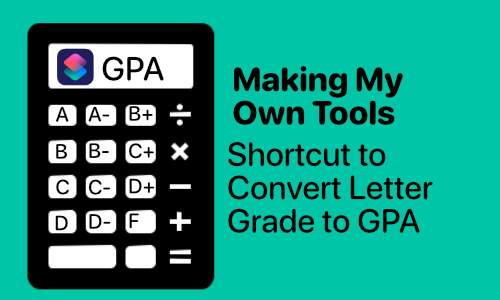Review of David Sparks’s Markdown Book an Investigation to Formatting Documents
With the hard drive on my MacBook Pro out of commission, and that over the last year I’ve completely changed how I manage data storage, I figured it was time to write a review of David Sparks ’s Field Guide Markdown (buy it iTunes).
 Book Cover for David Sparks’s Field Guide: Markdown.
Book Cover for David Sparks’s Field Guide: Markdown.
I wrote really briefly about Markdown in my post, Been So Long. I’ve been transitioning most all of my documents into plain text files. For the non plain text nerds out there, this might sound a little strange. In my viewpoint, there is a real case to be made for plain text files:
- Space: Plain text files take up almost no space on your hard drive, can be stored easily and quickly in the cloud.
- Size: Even on my MacBook Pro, Microsoft Word and Apple Pages (although Pages seems to load significantly faster and I really prefer it), documents take time to load. Text files are so small and simple, it loads almost instantly.
- Search-ability: With programs like nvALT, I can easily find and edit all of my text files, even if they are just small little snippets of information, I can find it quickly and easily.
- Survivability: File formats change. There are a number of word processing files types that I wouldn’t have any way of ever opening anymore. Storing files in a plan text file isn’t ever going to go away. It’s kind of like the very base structure that you can have, so it is easily importable, and exportable and will always be able to be opened.
Markdown is almost like a very simple (super simple, really you probably already do it) way of writing that that can be written in plain text and exported into a rich text format. For example if you’ve ever written an “*” or a “-“ to make a bulleted list, then that is markdown. It gives you some of the basic features that you might want to use in your writing to help with the formating, but nothing nearly as complex as you can do either in HTML or in a word processing docuement. Many programs can take your plain text file, and export it into a rich text format so that it looks pretty as if you did in a word processer.
John Grubber at Daring Fireball: Markdown Overview, was the one who first created Markdown. There are other syntaxes that are similar in nature for plain text to that of Markdown that have expanded purposes, features, and uses. There is even a syntax called Fountain for writing scripts in.
David and Eddie’s book was written in iBooks Author, and is created and especially for iBooks. That means it has features not normally available to other e-books. Along with the great descriptions, design astetics, it also has hours of audio and video embedded in the e-book. You can also purchase the PDF version and have access to the additional features through David’s website. If I’ve peaked your curiosity, I’d highly recommend downloading the book on your iPad! You should also check out my favorite podcast, Mac Power Users, in which David is a co-host. I’ve written about their show frequently over the several months.




